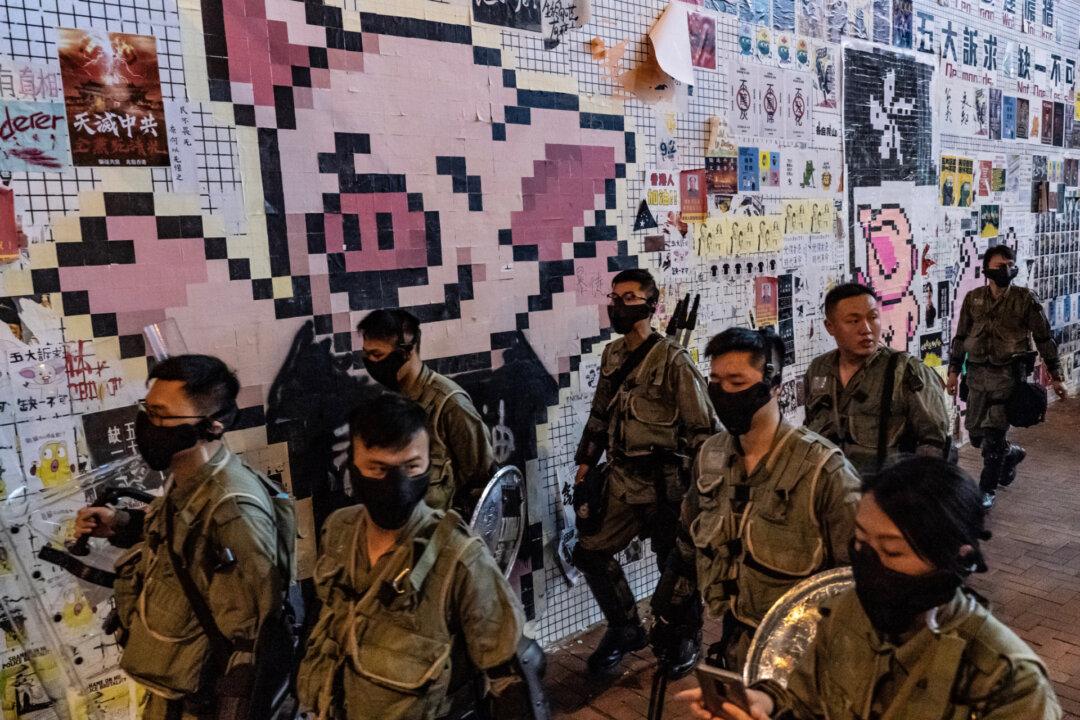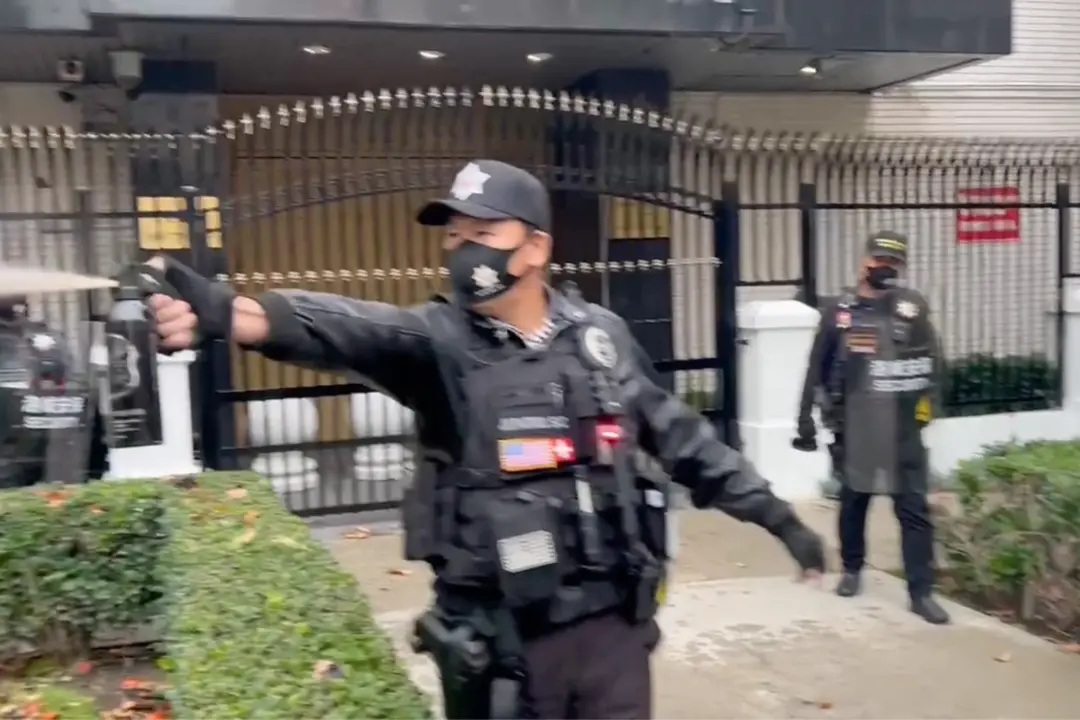The Chinese regime has launched an offensive against a popular online forum used by Hong Kong protesters in an effort to undermine the ongoing pro-democracy movement that seeks an autonomous Hong Kong, AT&T Cybersecurity has found.
In a new blogpost on Dec. 4, the firm identified a series of state-linked cyber attacks since Aug. 31 targeting LIHKG—a localized Reddit-like social media forum. The platform has become a hub for Hong Kong activists to organize and coordinate protests since June, when the mass demonstrations first broke out to resist the actions by the communist regime in the territory.





